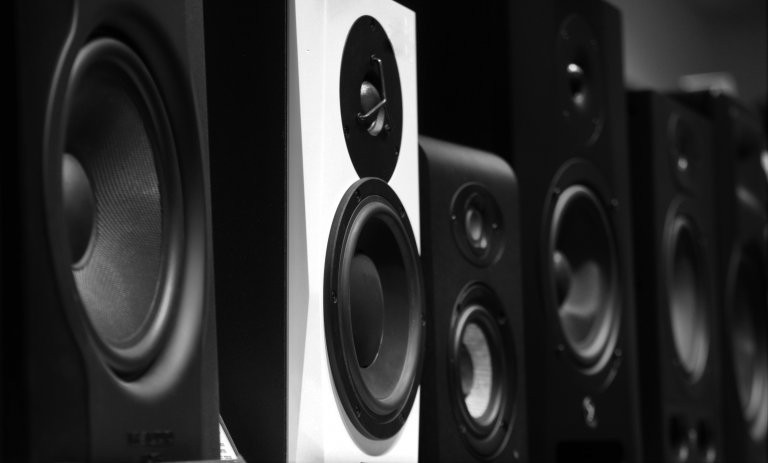On-Demand Music Service Deezer Acquires Stitcher
Recently, Deezer, a popular on-demand music streaming service, announced its acquisition of Stitcher, a pioneer in the world of podcasting. This move has caused quite a buzz in the music and tech industries as both companies bring unique offerings to the table. Let’s take a closer look at this acquisition and what it might mean for the future of on-demand music and podcasting.
What is Deezer?
Deezer is a subscription-based music service that provides users with access to millions of songs, podcasts, and radio stations. Founded in 2007, it quickly gained popularity in Europe and has since expanded to over 180 countries. Deezer offers both a free and paid subscription model, with the paid option providing ad-free music and additional features.
What is Stitcher?
Stitcher, on the other hand, is a podcast streaming service that was founded in 2008. It boasts a vast collection of podcasts from various genres, including news, sports, comedy, and more. Stitcher provides both free and premium subscription options, with the paid option offering ad-free listening and access to exclusive content.
The Acquisition
In August 2014, Deezer announced its plan to acquire Stitcher for an undisclosed amount. This move is part of Deezer’s strategy to expand its offerings beyond just music and into the world of podcasts. By acquiring Stitcher, Deezer gains access to its vast library of podcasts and a dedicated user base.
Ideal for long commutes, workouts, and downtime, podcasts have quickly gained popularity over the past few years. With this acquisition, Deezer is positioning itself as a one-stop-shop for all audio content – from music to spoken-word entertainment.
What This Means for Deezer Users
The acquisition of Stitcher is a significant development for Deezer, with several implications for its users. First and foremost, Deezer users can now access a vast collection of podcasts from Stitcher’s library without having to leave the app. This convenience is a significant advantage for users, especially those who are already paying for Deezer’s subscription service.
In addition, Deezer users can expect to see more exclusive podcast content being added to the platform, thanks to Stitcher’s large network of podcast creators. This will make Deezer a more appealing option for podcast enthusiasts, giving them more reasons to stay within the Deezer ecosystem.
The Future of On-Demand Music and Podcasting
Deezer’s acquisition of Stitcher is a clear indication of the growing popularity and potential of the on-demand music and podcasting market. By merging their offerings, the two companies are tapping into a market that is rapidly expanding and constantly evolving. With this move, Deezer is also positioning itself as a stronger competitor against other music streaming services, such as Spotify and Apple Music, who have recently started to venture into podcasting.
Moreover, this acquisition could lead to further innovations and developments in the on-demand music and podcasting industry. As more companies start to recognize the value of this market, we can expect to see more strategic partnerships, acquisitions, and new features being introduced to improve user experience.
The Impact on the Industry
The announcement of this acquisition has generated a lot of excitement within the music and tech industries. It is expected to have a significant impact on the industry, with other players keeping a close eye on Deezer’s move. This development could potentially lead to more acquisitions and collaborations in the future as companies strive to stay relevant and competitive in the ever-changing landscape of on-demand music and podcasting.
In Conclusion
The acquisition of Stitcher by Deezer is a significant move that has the potential to shape the future of on-demand music and podcasting. With this acquisition, Deezer is positioning itself as a leading player in the industry, offering users access to a vast collection of both music and podcast content. As the popularity of podcasts continues to grow, this move by Deezer is a strategic one, and we can expect to see more developments and partnerships in the future.



